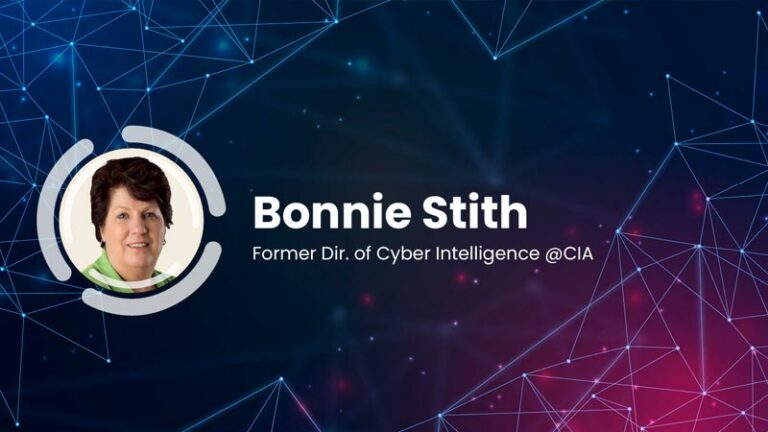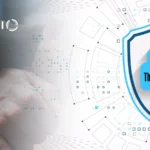Women have played a vital role in shaping the cybersecurity industry. From cybersecurity analysts and penetration testers to security researchers and leadership roles, their contributions have strengthened digital defenses across organizations. Yet, despite these achievements, women remain underrepresented in cybersecurity, reflecting a broader gender disparity in the technology sector.
Currently, women make up only about 20% of the global cybersecurity workforce, according to ISC²’s 2024 Cybersecurity Workforce Study. This imbalance underscores the need for proactive efforts to attract and retain women in cybersecurity careers. Addressing this gap is essential, not only for promoting diversity and inclusion, but also for enhancing innovation, problem-solving, and overall cybersecurity resilience (Cybersecurity Ventures 2024).
Promoting women in cybersecurity requires ongoing initiatives, including mentorship programs, industry partnerships, and STEM education for young girls. Organizations that prioritize diversity in cybersecurity teams benefit from a wider range of perspectives and problem-solving approaches, ultimately strengthening their cybersecurity posture.
Supporting Women in Cybersecurity
The cybersecurity industry thrives on innovation, collaboration, and diverse perspectives. Increasing the number of women in cybersecurity strengthens teams, enhances creativity, and improves overall organizational resilience.
Organizations can actively support women in cybersecurity by:
- Implementing mentorship and sponsorship programs to guide career development.
- Offering targeted training and certification opportunities in areas such as hardware security, penetration testing, and risk management.
- Promoting awareness about underrepresented groups in cybersecurity and celebrating their contributions.
By fostering an inclusive environment, companies not only address the gender gap but also build more robust, resilient security teams capable of responding to sophisticated cyber threats. Supporting women in cybersecurity is, therefore, both a moral and strategic imperative.
Empowering Cybersecurity Professionals with Sepio
Enterprises’ IT and security teams often face challenges in hardware asset visibility, which can create blind spots in security policy enforcement and increase the risk of ransomware attacks, data breaches, and unauthorized access.
Tools like Sepio’s Asset Risk Management (ARM) give cybersecurity teams, including women entering the field, complete visibility into hardware assets and automated threat mitigation. By providing clear, actionable insights, ARM helps all cybersecurity professionals work confidently, develop expertise, and contribute meaningfully to organizational security operations.
Key capabilities of ARM include:
- Complete device visibility at the Physical Layer to detect and manage all connected hardware.
- Robust policy enforcement mechanisms to strengthen Zero Trust hardware security.
- Automated mitigation that blocks unauthorized or rogue devices before they pose a threat.
By leveraging ARM, organizations not only protect their environments but also create opportunities for learning and professional growth, supporting cybersecurity teams as they build skills and advance their careers.
Take Control of Your Hardware Assets
With Sepio’s patented ARM technology, organizations gain full visibility into connected devices, enforce Zero Trust policies, and proactively mitigate risks, helping cybersecurity professionals, including women entering the field, operate confidently and effectively.





